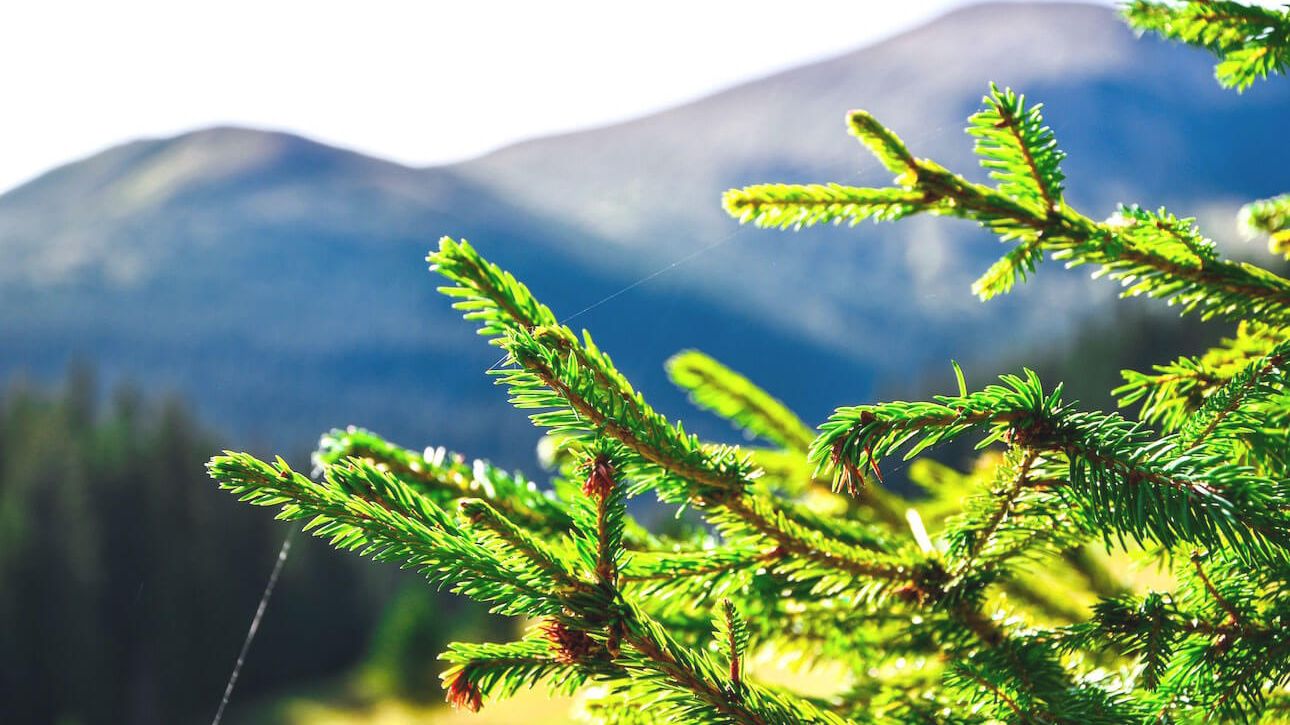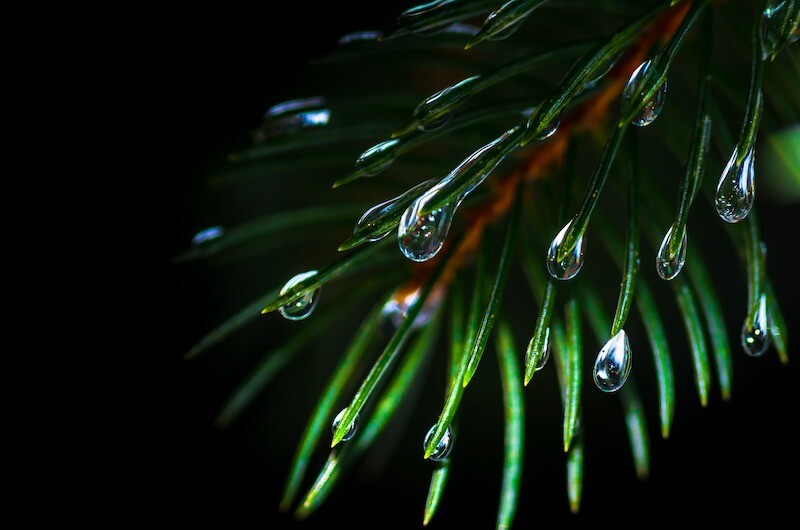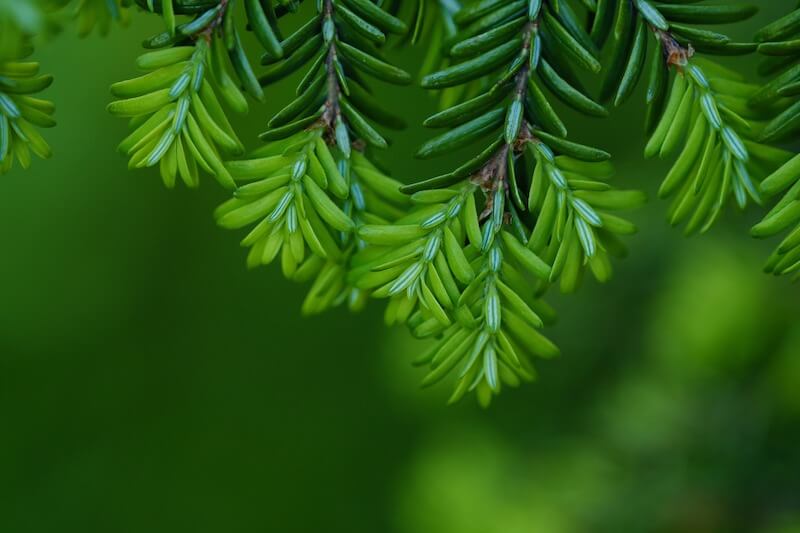Evergreen trees: edible and medicinal

by Corinna Wood
You mostly pay attention to them during the winter, decorating for the holiday season. Yet something piqued your curiosity—are they actually edible? Even medicinal?
Yup, evergreens are year-round allies; almost all are considered edible and may be used in medicinal herbal preparations.
It may sound odd that you can eat your Christmas tree, but you actually can.
Now, you may also feel wary of eating evergreens because the hemlock tree is an evergreen, and most of us have heard of “poison hemlock”.
This is one of those instances where the common name is misleading; the two are completely unrelated botanically.
Poison hemlock is actually in the Umbelliferae family, with the highly divided leaves of carrot or parsley. It’s an annual with a white flower and it dies back in winter. The tree is entirely different.
As you know, it's essential to positively identify any plants you're harvesting for food or medicine. First things first: Grab my free guide on 3 Poisonous Plants to Watch Out For (pdf) so you can stay safe on your herbal adventures.
Common edible and medicinal evergreens

Most common and wild evergreens are edible, including pine (Pinus genus), hemlock (Tsuga genus), juniper (Juniperus genus) and cedar (Cedrus genus).
However, be aware that the yew tree (Taxus genus), also an evergreen, is ornamental and is toxic.
The edible evergreens’ leaves are a rich source of vitamin C—very useful in the winter. It’s said that Native Americans showed settlers how to eat evergreen needles to prevent scurvy.
While you can harvest the needles at any time of year, they are most tender and delicious—with a nice, sour tang—during spring and summer. Mid-summer, when the season’s growth at the tips is 3-6 inches long, is the best time to harvest for making herbal medicine.
Making evergreen oil

Evergreen oil is excellent massage oil and particularly nourishing for breast massage. The oil is analgesic (pain killing), antiseptic, antimicrobial and anti-tumor.
Make sure to harvest on a dry day when it hasn’t rained the night before (the second dry day in a row) in the afternoon after the morning dew has dried. If there's moisture on the leaves, it can contribute to mold forming during processing.
To make evergreen oil, follow these steps:
- Harvest the young light green tips
- Stuff a jar full with the plant material
- Fill the jar with good, organic olive oil, cap
- Let it sit for 6 weeks, occasionally poking the plant material down and topping off with olive oil.
- After 6 weeks, strain and squeeze out the plant material through a stainless kitchen strainer
Voila! You have your own infused evergreen oil.
Evergreens are there for you throughout the year
 I know there are many plants that call your attention as your daily paths and gardens burst into bloom. Edible and medicinal wild plants are ready to be harvested to bring back to your kitchen table and medicine chest.
I know there are many plants that call your attention as your daily paths and gardens burst into bloom. Edible and medicinal wild plants are ready to be harvested to bring back to your kitchen table and medicine chest.
Yet although you may be distracted by showier foliage, don’t overlook the evergreens during the warmer months!
Evergreens are stalwart plant allies that are there for you throughout the year.
________
Spread the wise woman ways! Link to this article from your website or share with your friends using this button~
Comments ~ what stands out for you today?







